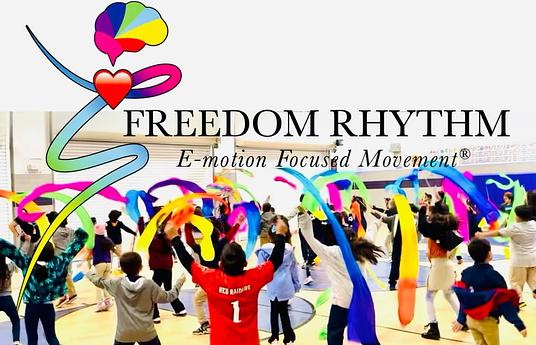I created 'Action for Happiness' to empower students as leaders of change and spread the benefits of mindfulness beyond our school community. Inspired by its transformative power, the project nurtures leadership, collaboration, and creativity to foster a culture of joy and well-being while enhancing mental health and resilience.
In practice, 'Action for Happiness' empowers students as leaders of change through a peer support model. Media ambassadors create content to promote mindfulness and well-being, while thematic activities like gratitude exercises enable them to lead by example. The project is adaptable, utilizing online and offline showcases to engage the entire school community in enhancing mental health and resilience. We evaluate the impact through participation levels in activities, interaction with media content, feedback from showcases and workshops, and personal reflections from club members. By documenting the project's influence through these methods, we see clear evidence of improved student well-being and leadership skills. The project's structure is scalable, demonstrating the project's potential to foster collaboration and positive change across various educational settings.
In the past 4 years, 'Action for Happiness' achieved recognition in educational innovation communities and won a prestigious prize in the 2022 Education Empowerment Vietnam competition. Its unique combination of a peer support model, media ambassador program, and mindfulness activities has inspired educators nationwide. Our goals for the next 2-3 years include expanding reach, enhancing student leadership, and further promoting well-being and collaboration in diverse educational settings.
To replicate "Action for Happiness," schools should understand the model, adapt activities to their context, empower students as leaders, and integrate digital tools. They can use digital platforms for project collaboration and mindfulness activities. Evaluating the impact through participation tracking and feedback ensures effective adaptation and scalability. Contact us for guidance.



